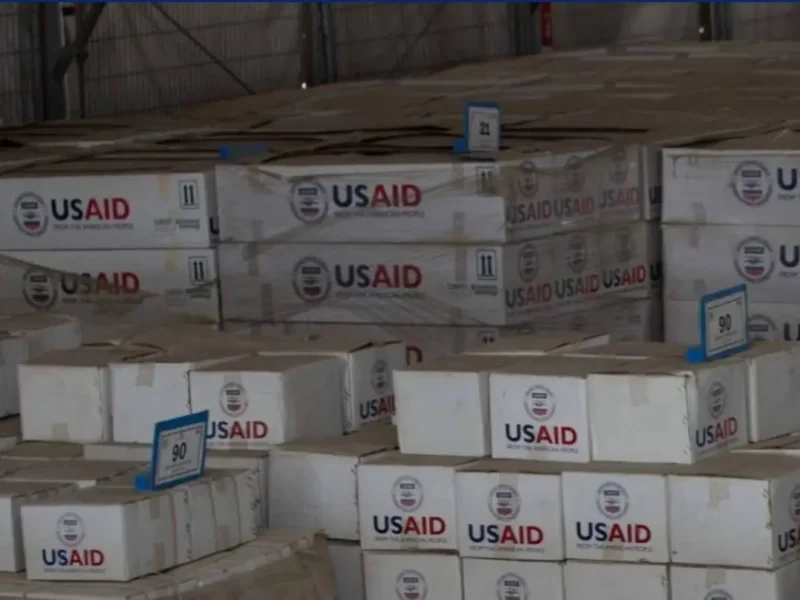
Asteroid That Doomed The Dinosaurs Originated Beyond Jupiter
Photo: dino. Reuters Mark Garlick.jpg
WASHINGTON, DC (REUTERS) – It was a turning point in the history of life on Earth. An asteroid an estimated 6-9 miles wide slammed into Mexico’s Yucatan Peninsula 66 million years ago, triggering a global cataclysm that eradicated about three-quarters of the world’s species and ended the age of dinosaurs.
The impact pulverized the asteroid and spread its debris worldwide, still present in a global layer of clay deposited in the aftermath of that fateful day. A new analysis of this debris has resolved a long debate about the nature of the asteroid, showing that it was a type that originated beyond Jupiter in the outer solar system.
The impactor, based on the debris composition, was a carbonaceous asteroid, or C-type, so named because of a high concentration of carbon. The study ruled out that the impactor was a comet or that the debris layer had been laid down by volcanism, as some had hypothesized.
“A projectile originating at the outskirts of the solar system sealed the fate of the dinosaurs,” said geochemist Mario Fischer-Gödde of the University of Cologne in Germany, lead author of the study published in the journal Science.
The impact at the end of the Cretaceous Period gouged the Chicxulub crater, 112 miles wide and 12 miles deep. The clay layer is rich in metals including iridium, ruthenium, osmium, rhodium, platinum and palladium that are rare on Earth but common in asteroids.
The researchers focused upon ruthenium – specifically, the ratio of its isotopes present in the clay layer. Isotopes are atoms of the same element with slightly different masses because of differing numbers of subatomic particles called neutrons. Ruthenium has seven isotopes, with three especially important in the findings. The ruthenium isotope ratios matched other known carbonaceous asteroids.
C-type asteroids, among the solar system’s most ancient objects, are the most common asteroid type, followed by stony S-type asteroids and rarer metallic M-type asteroids. Compositional differences among asteroids arise from how far from the sun they formed.
After forming in the outer solar system, the asteroid probably later migrated inward to become part of the main asteroid belt between Mars and Jupiterbefore somehow being sent hurtling in the direction of Earth, perhaps due to a collision.
“All meteorites falling onto Earth, which are fragments from both C-type and S-type asteroids, originate from the asteroid belt. So, it appears to be most likely that the (end-Cretaceous) impactor also originates from the asteroid belt,” Fischer-Gödde said. “But there are also many bodies stored in the Kuiper Belt and in the Oort Cloud (regions far beyond the outermost planet Neptune), and basically not much is known about the composition of these bodies.”
Dinosaurs had long ruled the land but, aside from their bird lineage, were wiped out following the impact, as were the flying reptiles called pterosaurs, the large marine reptiles and other sea life including many marine plankton species.
The mammals made it through, allowing these furry critters to eventually dominate the land and setting the stage for our species to arise roughly 300,000 years ago.
“I think without this cosmic coincidence of an asteroid impact,” Fischer-Gödde said, “life on our planet would probably have developed vastly differently.”




